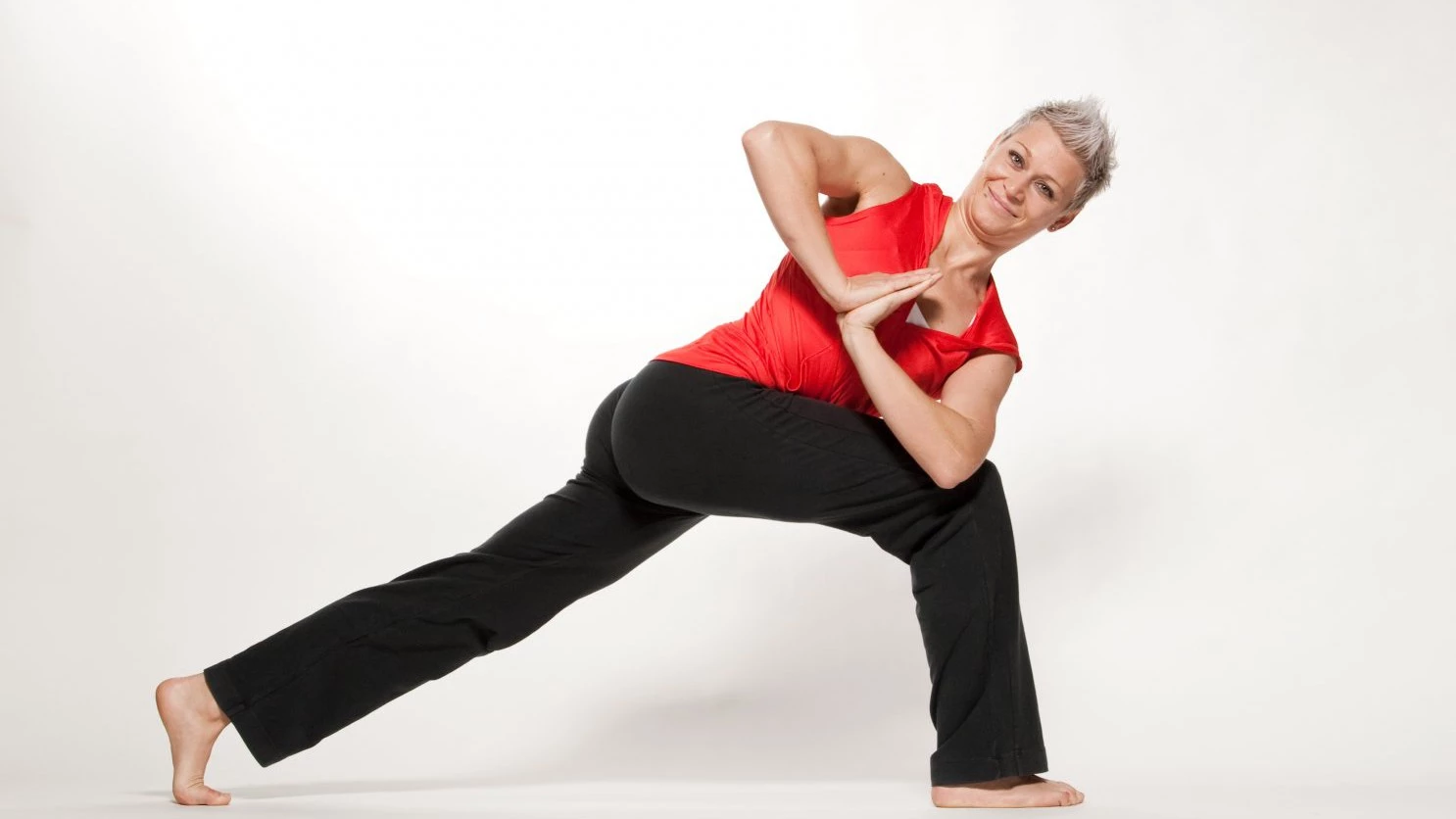Power Your Yoga: Creating Space for Exploring the Present – An Interview with Judith Hanson Lasater

Judith Hanson Lasater has been teaching yoga since 1971. In addition to being a yoga teacher, she is a physical therapist and also holds a doctorate in East West Psychology. Judith is president of the California Yoga Teachers Association and is a founder of Yoga Journal. She is the author of eight books, including Yogabody: Anatomy, Kinesiology, and Asana; A Year of Living Your Yoga; Relax and Renew; and Yoga for Pregnancy.
Also check out Judith’s Yoga U Online Course: Structuring Your Beginning Class – Yoga Sequences for Beginners
Yoga U Online: We’re so bombarded with images in the media of people in challenging yoga postures, it’s easy to start thinking that yoga is about mastering difficult postures. But your stance seems to be that yoga isn’t so much about power poses, as it’s about exploration and experience. Could you talk a bit about that?
Judith Hanson Lasater: Yes indeed. People don’t have to touch their palms on the floor; they don’t have to get their knees down to the floor in Baddha Konasana.
As yoga practitioners, that’s not what we need to aim for, and as teachers, it’s not our job to make them do these things! Our job to create a space in which they can explore being present, a space that allows them to evoke the best parts of themselves. And as teachers, that is reflected and expressed through our words and our touch and our demeanor, and the spirit and context that we create within the class.
When I, as a teacher, can create an environment in which people are choosing, out of their own power and volition, to move in the direction of wholeness and health, then I’ve succeeded. When we help students choose to move in the direction of health, that is a victory.
Yoga U Online: Beautiful point.
Judith Hanson Lasater: We’re all here to make mistakes—to screw things up and to figure it out. We make mistakes on all kinds of levels, and then we try to clean up the mess try to learn from it. We’re here to explore the things we can’t do, as well as the things we can—with love and attention. And that’s practice, that’s yoga.
Yoga U Online: Increasingly, as the health benefits of yoga are becoming more well-known, more people turn to yoga for help with health issues. What is the challenge for yoga teachers in that situation, and how can we rise to meet it?
Judith Hanson Lasater: One way is to keep learning more about the body and how it works. Another way is to deepen our own practice so we grow more sensitive and aware and compassionate toward ourselves. It’s also important to clearly articulate to yourself, perhaps by writing it down or discussing it with your colleagues, what your ultimate values are in teaching, and to remember those values every time you teach.
I think there is a need for us to evoke compassion and tenderness toward ourselves so we can understand our students as well: Perhaps this is a person who will never get their knees down to the floor in Baddha Konasana. And that’s perfectly okay.
But I also don’t want us to underestimate our students. For example, I was teaching a group of experienced beginners once and we started working on putting our foot behind our head. I mean, in a very nonaggressive way, warming up slowly. And I was amazed at how many of them could get their foot almost behind their head. Of course, they were delighted. And I teased them and said, “Boy, if your mother could see you now!” But the point I’m making is that I noticed that I had put my beginners in a box, and assumed they were capable of only doing X, Y, and Z. So I think there is a judicious use of that awareness in teaching beginners. Don’t hold them back. Don’t push them, but don’t hold them back, either.
Yoga U Online: That’s a good point. There is such a fine balance–I think the tendency is to coddle people because you’re afraid they will hurt themselves. But at the same time, I have noticed that if you really challenge people, they just love it.
Judith Hanson Lasater: How we define the word challenge is extremely important. Taking one breath with total awareness is a challenge for any yoga student. Being able to disconnect from the busy-ness of the mind and deeply enter the state of Savasana—that’s a challenge for many people too. So what does challenge mean?
Challenging doesn’t mean pushing. It means inviting the student to explore their own freedom and their own growth in their own time and in their own way.
The other thing I like to say is that I very much want to challenge people’s thinking about who they think they are— their assumptions about themselves and others. Strange as it sounds, the practice of yoga is about being willing to be slightly uncomfortable. I mean, the first Dog pose is uncomfortable for most people. It doesn’t mean that we want to push the pose or hold it for too long, but I’m not sure we can grow and be comfortable at the same time. The word challenge is really quite rich for exploration.
Yoga U Online: And as you said, a skilled yoga teacher helps people learn how to create the space that allows them to do that, whether it’s the laboratory of their yoga practice—or extending further to life in general?
Judith Hanson Lasater: I don’t see a difference; I cannot separate them any longer. What I believe yoga ultimately becomes at some point is who we are, not what we do. From that place, profound changes can occur.



